Key Performance Indicators (KPIs) are critical tools in project management that help measure a project’s success. KPIs provide objective data on performance and ensure that the project is aligned with its goals. In this article, we’ll explore how to set effective KPIs, understand their importance, and how they can be used to track progress, manage resources, and improve overall project outcomes.
What are KPIs in Project Management?
Key Performance Indicators (KPIs) are measurable values used to assess how effectively a project is achieving its objectives. They act as benchmarks that allow project managers to track progress, identify potential problems, and ensure the project stays aligned with its goals. KPIs are essential for providing both a high-level and detailed understanding of a project’s performance, helping stakeholders make informed decisions.
In the context of project management, KPIs fall into several broad categories:
– Performance KPIs: Focused on evaluating whether the project is delivering on its specific goals.
– Financial KPIs: Related to budget management and ensuring the project stays within financial constraints.
– Timeline KPIs: Used to assess if the project is being completed within the agreed deadlines.
– Quality KPIs: Evaluate whether the deliverables meet the required standards and expectations.
How to Set Effective KPIs
To make KPIs meaningful and actionable, they must be clearly defined, measurable, and aligned with the project’s objectives. Here’s a step-by-step guide to setting effective KPIs for your project:
1. Align KPIs with Project Goals
– Start by identifying the core objectives of the project. KPIs should directly reflect the success factors outlined in the project charter or scope statement.
– For example, if the project’s goal is to reduce product launch time, a relevant KPI might be “time to market.”
2. Use SMART Criteria
– KPIs should be Specific, Measurable, Achievable, Relevant, and Time-bound (SMART). This ensures they are clear and provide precise data for decision-making.
– For instance, “Reduce project costs by 10% in the next quarter” is more specific and measurable than “Reduce costs.”
3. Determine Data Sources and Collection Methods
– Identify where and how you will gather data to measure your KPIs. This could be through project management software, financial reports, or surveys.
– Ensure that the data is reliable and up to date, as inaccurate data can lead to poor decision-making.
4. Assign Responsibility
– Each KPI should have an owner responsible for monitoring and reporting. Assigning ownership ensures accountability and timely action when corrective measures are needed.
5. Review and Adjust Regularly
– KPIs should be reviewed regularly to ensure they remain aligned with evolving project goals or changing conditions. Be flexible to adjust or add new KPIs as the project progresses.

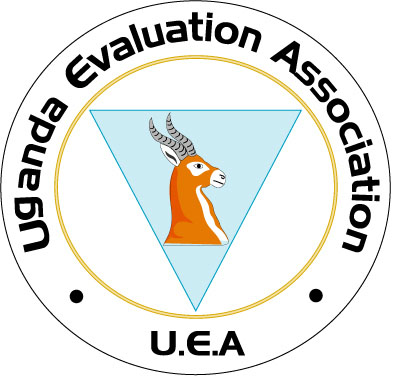
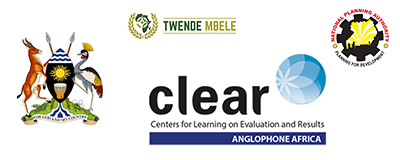



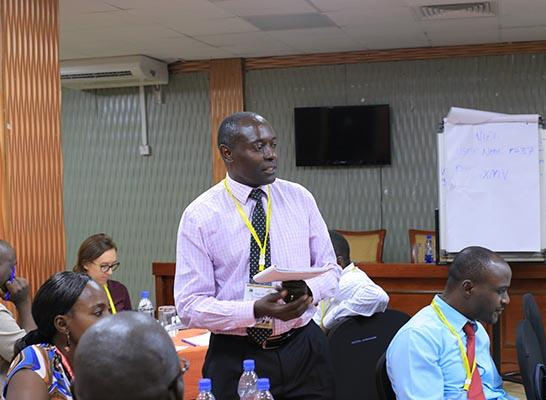


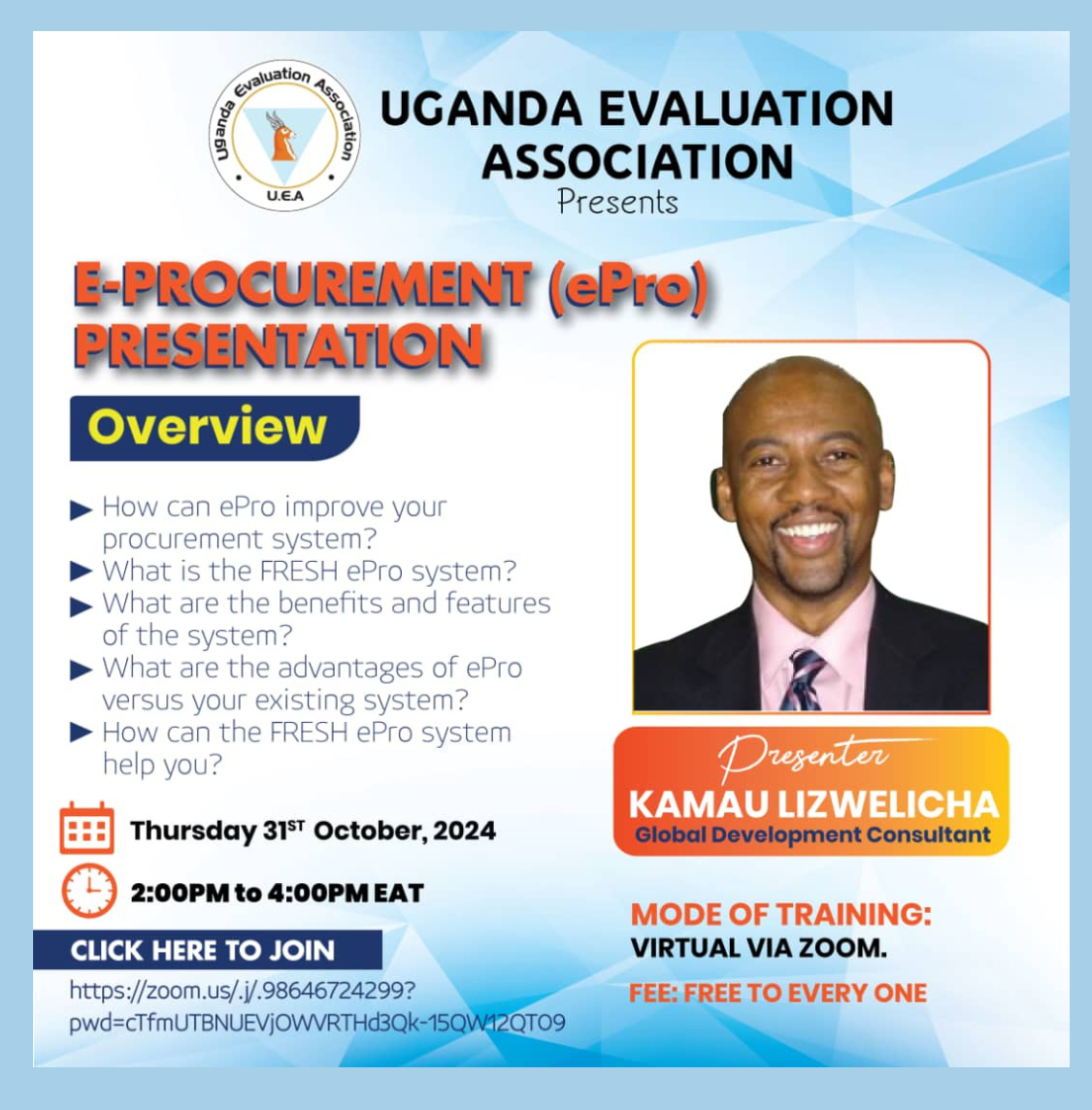
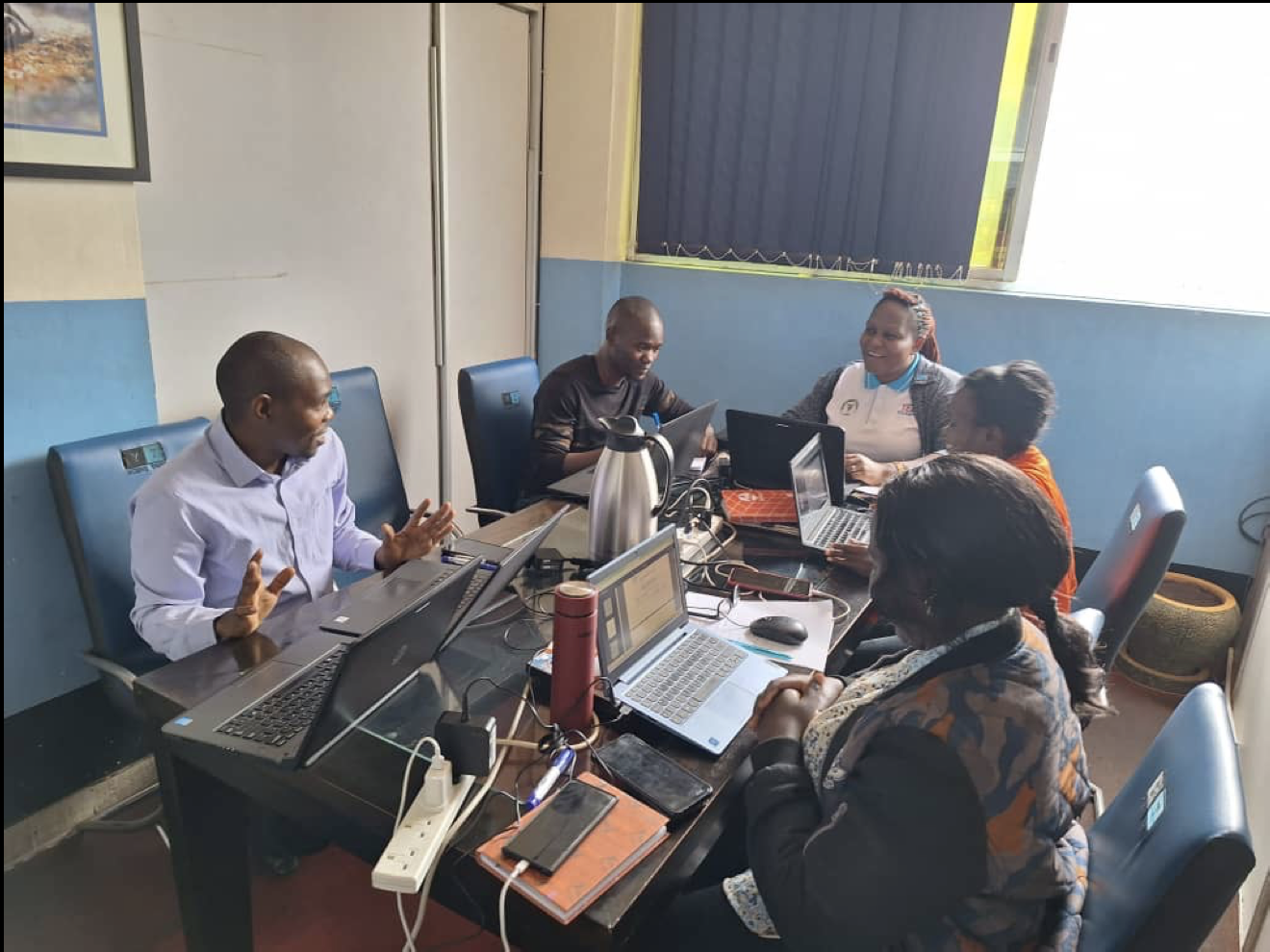
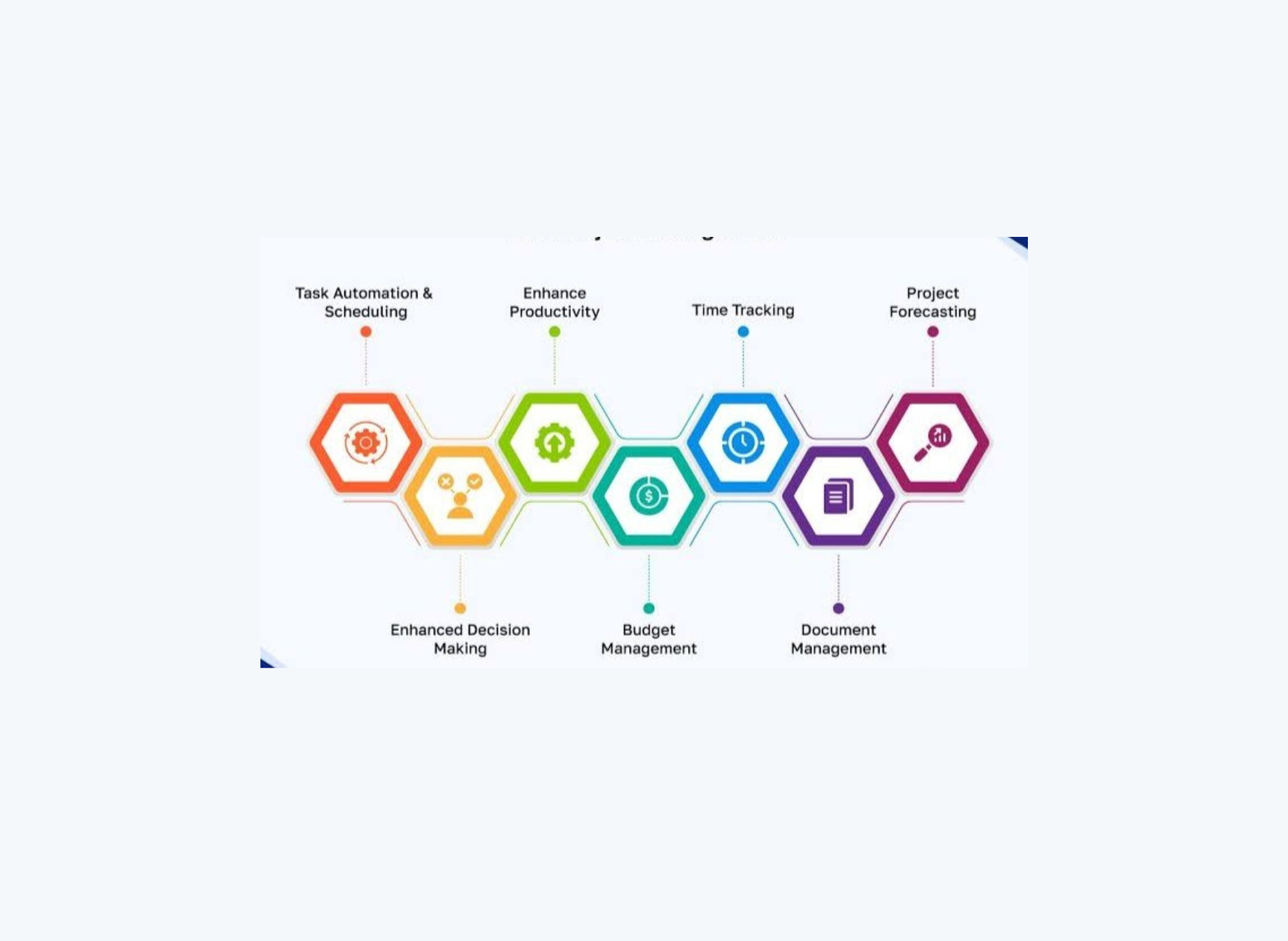

Leave a Reply